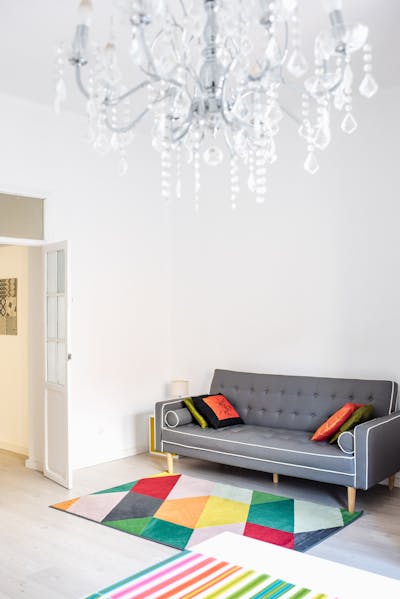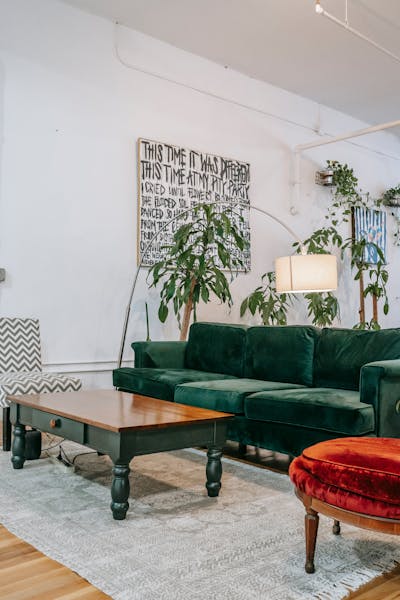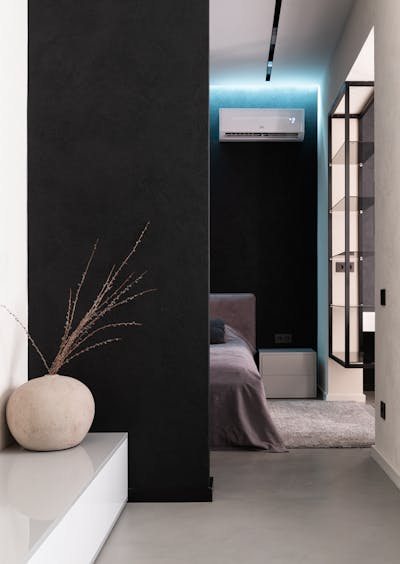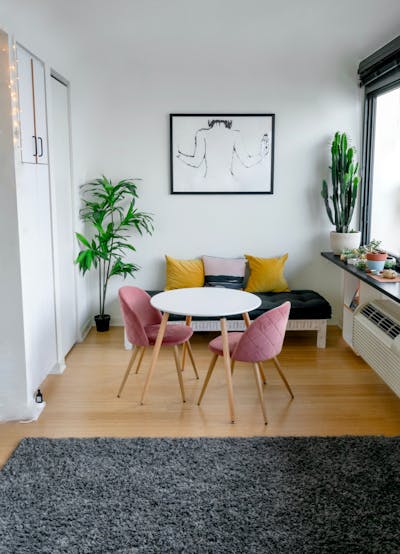In the modern world, office spaces are not just about desks, chairs, and computers. They are evolving into environments that promote comfort, creativity, and productivity. One of the most effective ways to achieve this is by incorporating rugs into your office design. In this article, we will delve into the benefits of adding rugs to your office space, how to choose the right rug, and tips for arranging them effectively.

The Benefits of Using Rugs in Office Spaces
Rugs play a crucial role in creating an inviting and productive workplace. Here are several reasons why you should consider adding them to your office:
1. Enhances Aesthetic Appeal
A beautifully designed rug can add a touch of elegance and style to any office. It serves as a focal point that can pull together various design elements, contributing to a cohesive look.

2. Reduces Noise
Rugs help absorb sound, which can be particularly beneficial in busy office environments. They minimize the noise created by footsteps, chairs, and other activities, contributing to a calmer work atmosphere.
3. Provides Comfort
Standing on hard floors for long periods can lead to discomfort. Adding a rug underfoot creates a softer surface, allowing for greater comfort while working, which can enhance productivity.

4. Defines Spaces within Open Layouts
In open office layouts, rugs can help define different areas without the need for physical barriers. They create visual boundaries, distinguishing collaborative spaces from quiet zones.
Choosing the Right Rug for Your Office
When selecting a rug for your office, consider the following factors:
1. Size
The size of the rug is critical. It should be large enough to fit under the major pieces of furniture, such as desks and chairs, or at least within the seating areas to create a cohesive feel.

2. Material
Consider the rug's material based on the traffic level in your office. For high-traffic areas, durable and stain-resistant materials like synthetic fibers or low-pile rugs are recommended. For a more luxurious feel, you might opt for wool rugs in lower-traffic zones.
3. Color and Pattern
The color and pattern of the rug should align with the overall design aesthetic of the office. Lighter colors can make a space feel larger, while darker tones can add a sense of warmth. Patterns can inject personality and hide dirt or stains.

Arranging Rugs Effectively in the Office
Once you have selected your rug, consider the following tips for effective placement and arrangement:
1. Align with Furniture
The rug should align with your furniture layout. Ideally, the front legs of your office chairs and desks should rest on the rug, creating a unified look.
2. Layering Rugs
If you have a large space, consider layering rugs for added texture and design. For example, a smaller, decorative rug can be placed atop a larger solid-color rug to create depth.

3. Maintain a Clean Space
Rugs in office spaces can collect dust and dirt over time. Ensure you have a regular cleaning schedule in place to maintain their appearance and hygiene. Vacuuming and spot cleaning should be part of this routine.
Conclusion
Incorporating rugs into office spaces can dramatically improve both the aesthetic and functionality of the work environment. By understanding the benefits, choosing the right materials and sizes, and arranging them thoughtfully, you can create a space that is not only stylish but also promotes productivity and comfort. Investing in quality rugs is an excellent step toward enhancing your office environment.



